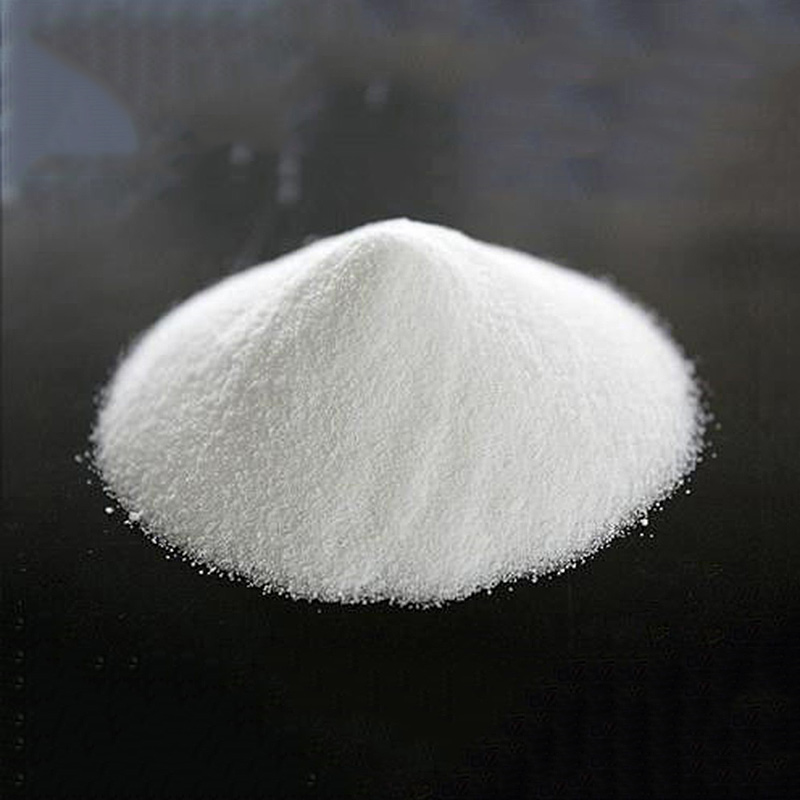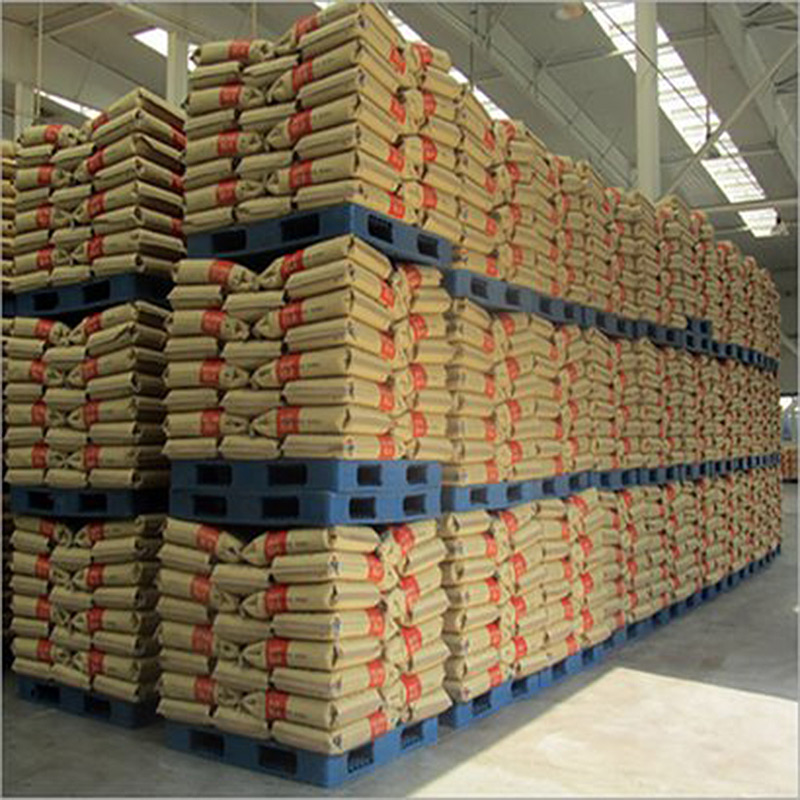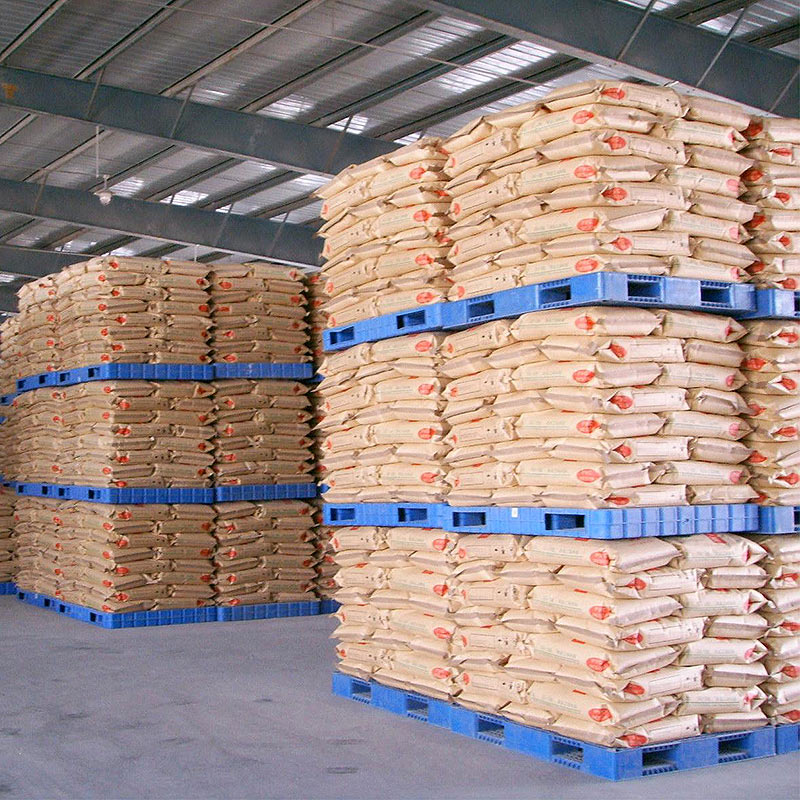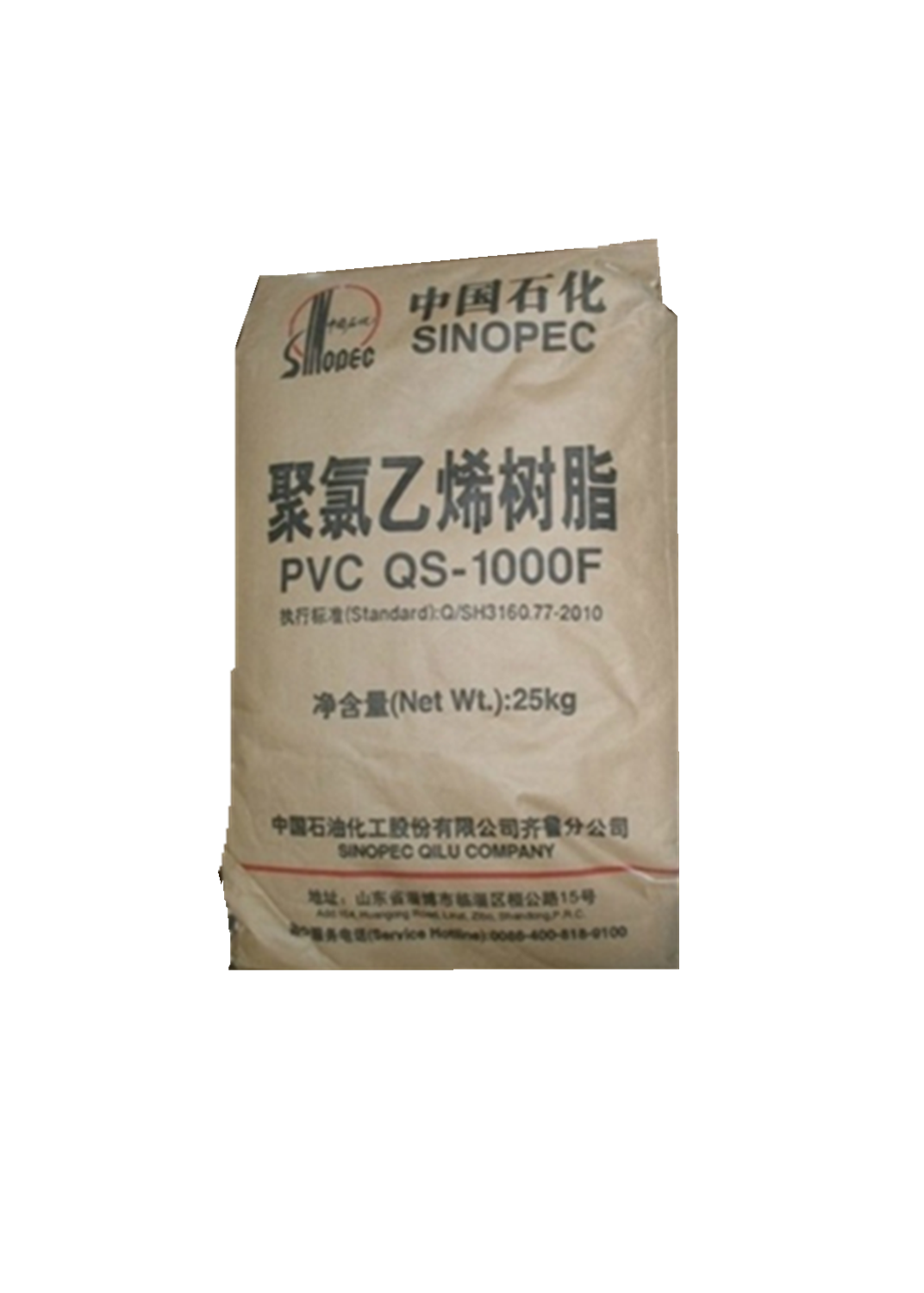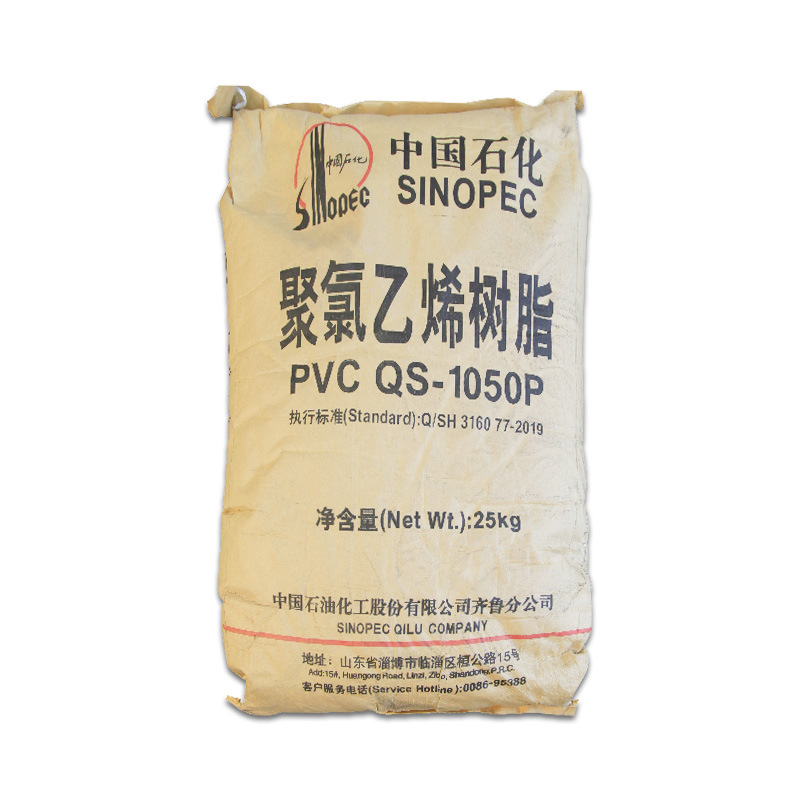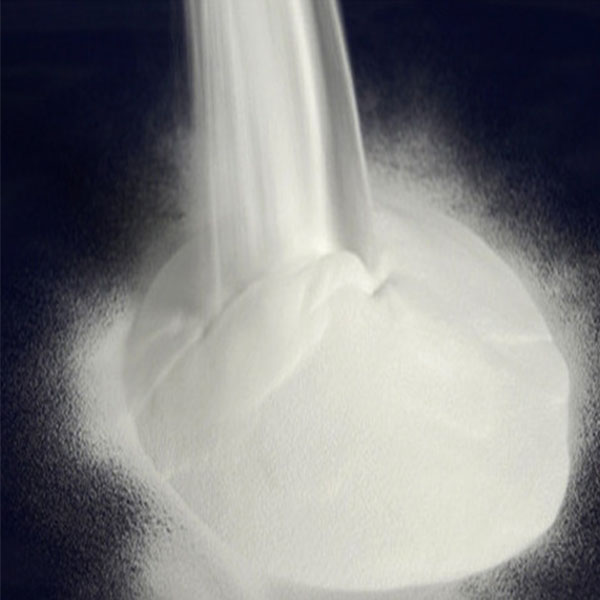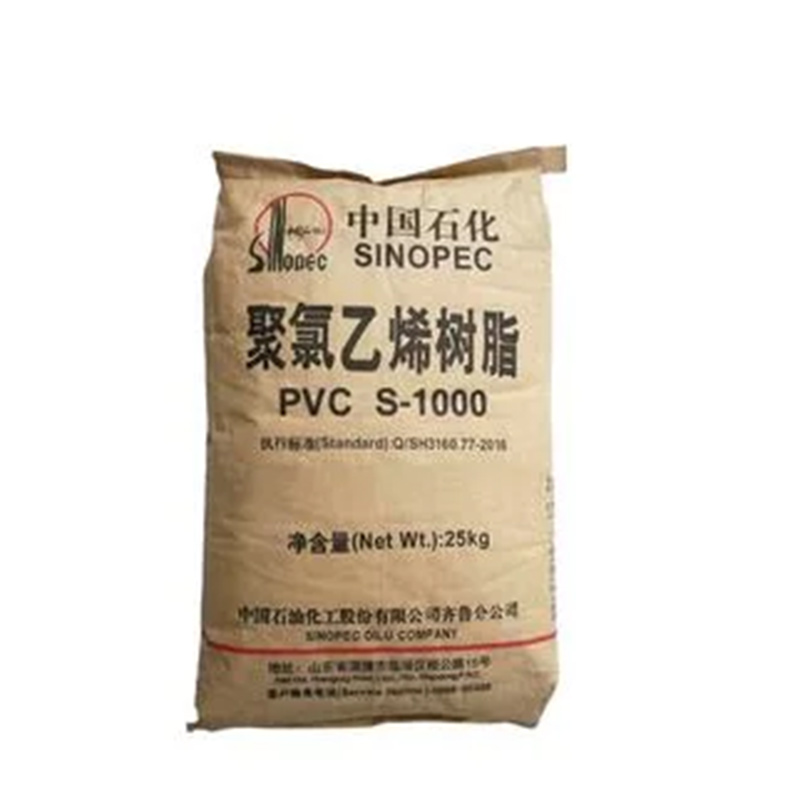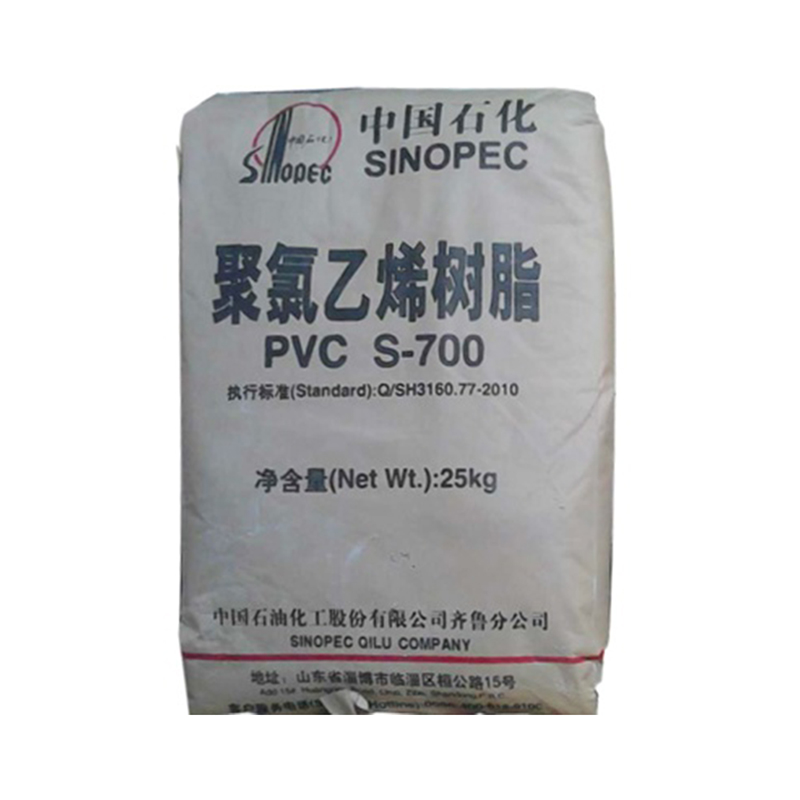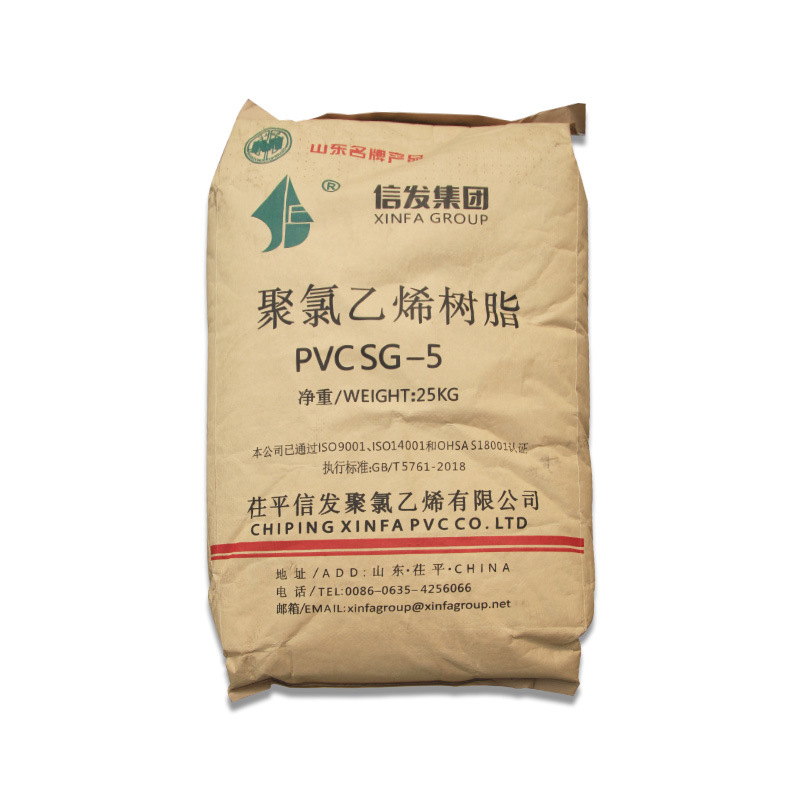PVC HOSE PRODUCTION
PVC HOSE PRODUCTION,
PVC resin for hoses,
PVC is an acronym for polyvinyl chloride. A resin is a material often used in the production of plastics and rubbers. PVC resin is a white powder commonly used to produce thermoplastics. It is a synthetic material widely used in the world today. Polyvinyl chloride resin has outstanding characteristics such as abundant raw materials, mature manufacturing technology, low price, and wide range of uses. It is easy to process and can be processed by molding, laminating, injection molding, extrusion, calendering, blow molding and other methods. With good physical and chemical properties, it is widely used in industry, construction, agriculture, daily life, packaging, electricity, public utilities, and other fields. PVC resins generally have high chemical resistance. It is very strong and resistant to water and abrasion. Polyvinyl chloride resin (PVC) can be processed into various plastic products. PVC is a lightweight, inexpensive, and environmentally friendly plastics. Pvc Resin can be used in pipes, window frames, hoses, leathers, wire cables, shoes and other general purpose soft products, profiles, fittings, panels, injection, moulding, sandals, hard tube and decorative materials, bottles, sheets, calendaring, rigid injection and mouldings, etc. and other components.
Features
PVC is one of the most widely used thermoplastic resins. It can be used to make products with high hardness and strength, such as pipes and fittings, profiled doors, windows and packaging sheets. It can also make soft products, such as films, sheets, electrical wires and cables, floorboards and synthetic leather, by addition of plasticizers
Parameters
| Grades | QS-650 | S-700 | S-800 | S-1000 | QS-800F | QS-1000F | QS-1050P | |
| Average polymerization degree | 600-700 | 650-750 | 750-850 | 970-1070 | 600-700 | 950-1050 | 1000-1100 | |
| Apparent density, g/ml | 0.53-0.60 | 0.52-0.62 | 0.53-0.61 | 0.48-0.58 | 0.53-0.60 | ≥0.49 | 0.51-0.57 | |
| Volatiles content (water included), %, ≤ | 0.4 | 0.30 | 0.20 | 0.30 | 0.40 | 0.3 | 0.3 | |
| Plasticizer absorption of 100g resin, g, ≥ | 15 | 14 | 16 | 20 | 15 | 24 | 21 | |
| VCM residual, mg/kg ≤ | 5 | 5 | 3 | 5 | 5 | 5 | 5 | |
| Screenings % | 0.025 mm mesh % ≤ | 2 | 2 | 2 | 2 | 2 | 2 | 2 |
| 0.063m mesh % ≥ | 95 | 95 | 95 | 95 | 95 | 95 | 95 | |
| Fish eye number, No./400cm2, ≤ | 30 | 30 | 20 | 20 | 30 | 20 | 20 | |
| Number of impurity particles, No., ≤ | 20 | 20 | 16 | 16 | 20 | 16 | 16 | |
| Whiteness (160ºC, 10 minutes later), %, ≥ | 78 | 75 | 75 | 78 | 78 | 80 | 80 | |
| Applications | Injection Molding Materials, Pipes Materials, Calendering Materials, Rigid Foaming Profiles, Building Sheet Extrusion Rigid Profile | Half-rigid Sheet, Plates, Floor Materials, Linning Epidural, Parts of Electric Devices, Automotive Parts | Transparent film, packageing, cardboard,cabinets and floors, toy, bottles and containers | Sheets, Artificial Leathers, Pipes Materials, Profiles, Bellows, Cable Protective Pipes, Packaging Films | Extrusion Materials, Electric Wires, Cable Materials, Soft Films and Plates | Sheets, Calendering Materials, Pipes Calendering Tools, Insulating Materials of Wires and Cables | Irrigation Pipes, Drinking Water Tubes, Foam-core Pipes, Sewer Pipes, Wire Pipes, Rigid Profiles | |
Application
PVC Hose production starts with raw material which is usually composed of PVC compound, additives and colourings. Also available in either granular consistency, when heated at the right temperature, PVC achieves its tensile strenght whilst the inner core of the hose takes shape.
After the extrusion, the inner core has to be cooled by putting it in water. For hoses with no textile reinforcement, production ends here. What is left to do is winding and ackaging. For textile reinforced hoses, the inner core, which is at room temperature, goes through a braiding or knitting machine, depending on the type of reinforcement. At this point the textile inside liner is heated once again before going through a second extruder which constitute the hose coating. A new cooling phase will take place through water immersion before being ready for winding and packaging.
During the whole process, a light air pressure is kept inside the hose to avoid flattening.





